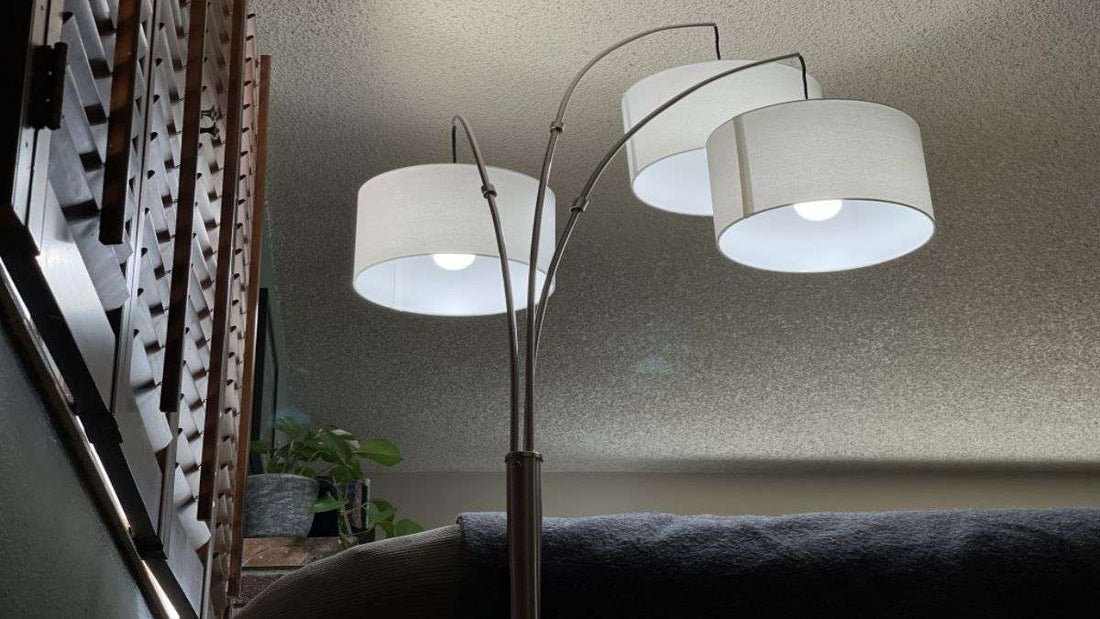Lamps, often overlooked in the grand scheme of interior design, play a pivotal role in shaping the ambiance of our living spaces. Beyond their aesthetic appeal, the stability of a lamp is a crucial consideration that can influence both safety and longevity. Here, we explore the art of choosing stable lamps, shedding light on factors that extend beyond mere visual allure.
1. The Foundation: Stability Begins Below:
The foundation of any stable lamp lies in its base. When perusing the myriad of lamp designs, pay close attention to the base structure. A broader and heavier base provides a lower center of gravity, contributing to stability. Materials like metal, stone, or wood, especially when crafted in a wider profile, offer a robust and balanced foundation. This not only enhances the lamp's stability but also prevents accidental tipping, a subtle yet significant consideration in high-traffic areas.

2. Mindful of Height and Proportion:
While the allure of tall, slender lamps is undeniable, it's essential to strike a balance between height and stability. Taller lamps can create an elegant visual impact, but they must be proportional to the base. A top-heavy design may compromise stability, posing a potential hazard. Opt for lamps where the height seamlessly complements the width of the base, ensuring both aesthetic appeal and a solid stance.
3. The Material Dance:
The choice of materials not only contributes to the lamp's visual appeal but also affects its stability. Consider materials that are inherently stable and durable. Metal and wood, for instance, offer both aesthetic versatility and structural integrity. Avoid overly delicate materials or designs that appear top-heavy, as they may compromise the lamp's overall stability. Embrace materials that harmonize with your decor while providing a reliable foundation.

4. A Wobble-Free Existence:
An often overlooked aspect of lamp stability is the potential for wobbling. This subtle but persistent issue can diminish the overall user experience. When considering a lamp, check for any inherent wobbling. This could be indicative of uneven construction, imbalanced weight distribution, or a flaw in the design. A stable lamp should sit firmly on any flat surface without a noticeable wobble, ensuring its reliability and your peace of mind.
5. Cord and Control:
Beyond the visual and structural components, the stability of a lamp extends to its functional elements, particularly the cord. A well-designed lamp incorporates a cord that is adequately secured and does not disrupt the lamp's balance. Consider lamps with thoughtful cord management to prevent tripping hazards or accidental pulls that could compromise stability. Additionally, lamps with stable control mechanisms, such as switches and dimmers, contribute to a seamless and reliable lighting experience.

6. Testing the Waters:
Before committing to a lamp, take a moment to interact with it. Gently nudge it, check for any wobbling, and assess how it responds to subtle movements. If the lamp feels steady and resolute, it's likely to maintain that stability in everyday use. A tactile examination ensures that the lamp not only meets your visual expectations but also aligns with your need for a stable and reliable lighting fixture.
The quest for stable lamps transcends mere aesthetics and dives into the realms of safety and practicality. By focusing on the foundation, proportions, materials, wobble resistance, cord management, and a tactile examination, you can make a choice that not only illuminates your space but does so with enduring stability. The journey to finding the perfect lamp becomes a delightful exploration of form, function, and a steadfast commitment to enhancing the stability of your illuminated surroundings.


